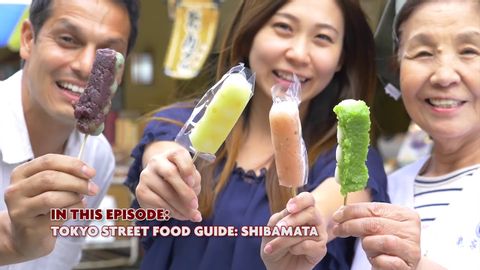
Subtitles & vocabulary
Tokyo Street Food Guide: Shibamata ★ ONLY in JAPAN #54
00
Regina Chen posted on 2016/10/05Save
Video vocabulary
stick
US /stɪk/
・
UK /stɪk/
- Verb (Transitive/Intransitive)
- To push a sharp or pointed object into something
- To join together using glue or paste
- Countable Noun
- Long thin piece of wood from a tree
A2
More bite
US /baɪt/
・
UK /baɪt/
- Noun (Countable/Uncountable)
- Amount of food taken into your mouth at one time
- Wound left from being bitten
- Intransitive Verb
- (E.g. of fish) to take bait and be caught
A2
More food
US /fud/
・
UK /fu:d/
- Noun (Countable/Uncountable)
- What people and animals eat to live
- Things taken in by plants to maintain life
A1TOEIC
More Use Energy
Unlock All Vocabulary
Unlock pronunciation, explanations, and filters
